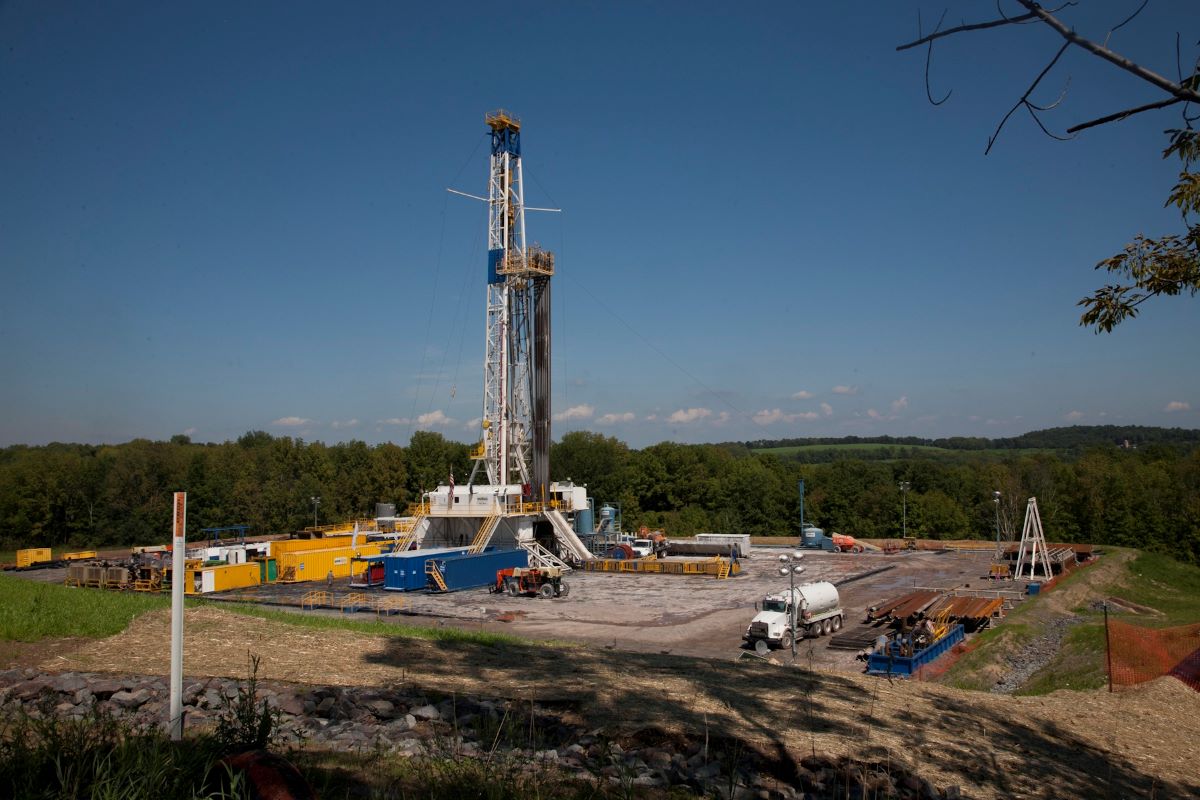
Fracking, or hydraulic fracturing, is a method used to extract oil and natural gas from deep underground. It involves injecting high-pressure fluid into rock formations to create cracks, allowing natural gas or oil to flow more freely to a wellbore. While this technique has significantly boosted energy production, it's surrounded by debates over its environmental impact, including concerns about water contamination and earthquakes. Fracking also plays a pivotal role in the global energy market, influencing prices and energy independence policies. In this post, we'll uncover 20 intriguing facts about fracking, shedding light on its processes, benefits, and the controversies that follow. From its technological advancements to its geopolitical implications, get ready to gain a comprehensive understanding of fracking and its place in our world.
What is Fracking?
Fracking, short for hydraulic fracturing, is a method used to extract oil and natural gas from deep underground. This technique has sparked much debate due to its environmental and economic impacts. Here are some key facts to understand fracking better.
-
Fracking involves injecting high-pressure fluid into rock formations to create fractures, allowing oil or gas to flow out more easily.
-
The fluid used in fracking is typically a mixture of water, sand, and chemicals. The sand helps keep the fractures open, while the chemicals aid in the extraction process.
-
Fracking has been used since the 1940s but gained widespread attention in the early 2000s due to advancements in technology and increased energy demands.
Environmental Impact of Fracking
Fracking's environmental impact is a hot topic. Let's explore some significant points related to this.
-
One major concern is water contamination. Chemicals used in fracking can potentially seep into groundwater supplies.
-
Fracking requires a large amount of water. On average, a single fracking well can use between 1.5 and 16 million gallons of water.
-
Methane emissions from fracking sites contribute to greenhouse gases, which can accelerate climate change.
-
Fracking can induce seismic activity. Some regions have experienced increased earthquake frequency and intensity due to fracking operations.
Economic Impact of Fracking
Fracking has both positive and negative economic effects. Here are some notable facts.
-
Fracking has significantly boosted the U.S. economy by increasing domestic oil and gas production, reducing reliance on foreign energy sources.
-
The fracking industry has created thousands of jobs, from drilling and extraction to transportation and equipment manufacturing.
-
Property values near fracking sites can decrease due to concerns about water contamination and noise pollution.
-
Fracking has led to lower energy prices, benefiting consumers and industries that rely on natural gas and oil.
Health Concerns Related to Fracking
Fracking's impact on human health is another critical area of concern. Here are some key points.
-
Exposure to fracking chemicals can cause respiratory issues, skin irritation, and other health problems for workers and nearby residents.
-
Noise pollution from fracking operations can lead to sleep disturbances and increased stress levels.
-
Air pollution from fracking sites, including volatile organic compounds (VOCs) and particulate matter, can contribute to respiratory and cardiovascular diseases.
Regulations and Safety Measures
Regulations and safety measures play a crucial role in managing fracking's impact. Here are some important facts.
-
The U.S. Environmental Protection Agency (EPA) regulates certain aspects of fracking, but many regulations are left to individual states.
-
Some states have banned fracking altogether due to environmental and health concerns. New York and Vermont are examples.
-
Advances in technology have led to safer fracking practices, such as improved well casing and better wastewater management.
-
Public disclosure of fracking chemicals is required in some states, allowing communities to be informed about potential risks.
Future of Fracking
The future of fracking is uncertain, with ongoing debates about its sustainability and impact. Here are some insights.
-
Renewable energy sources, such as wind and solar, are becoming more competitive, potentially reducing the demand for fracking.
-
Research is ongoing to develop more environmentally friendly fracking methods, such as using less water and non-toxic chemicals.
A Final Glimpse at Fracking Facts
Fracking, a topic surrounded by debate, holds complexities and nuances that impact our environment, economy, and energy policies. Through understanding these 20 facts, we've uncovered the layers of this controversial process. From its role in boosting energy production to concerns about water contamination and seismic activity, fracking presents a mixed bag of outcomes. Awareness and ongoing research are key to navigating its future. As communities and policymakers weigh the benefits against the environmental costs, the conversation around fracking continues to evolve. Armed with knowledge, we're better equipped to make informed decisions about our energy future and environmental health. Let's keep the dialogue open, ensuring that progress in energy extraction goes hand in hand with sustainability and safety measures.
Was this page helpful?
Our commitment to delivering trustworthy and engaging content is at the heart of what we do. Each fact on our site is contributed by real users like you, bringing a wealth of diverse insights and information. To ensure the highest standards of accuracy and reliability, our dedicated editors meticulously review each submission. This process guarantees that the facts we share are not only fascinating but also credible. Trust in our commitment to quality and authenticity as you explore and learn with us.


